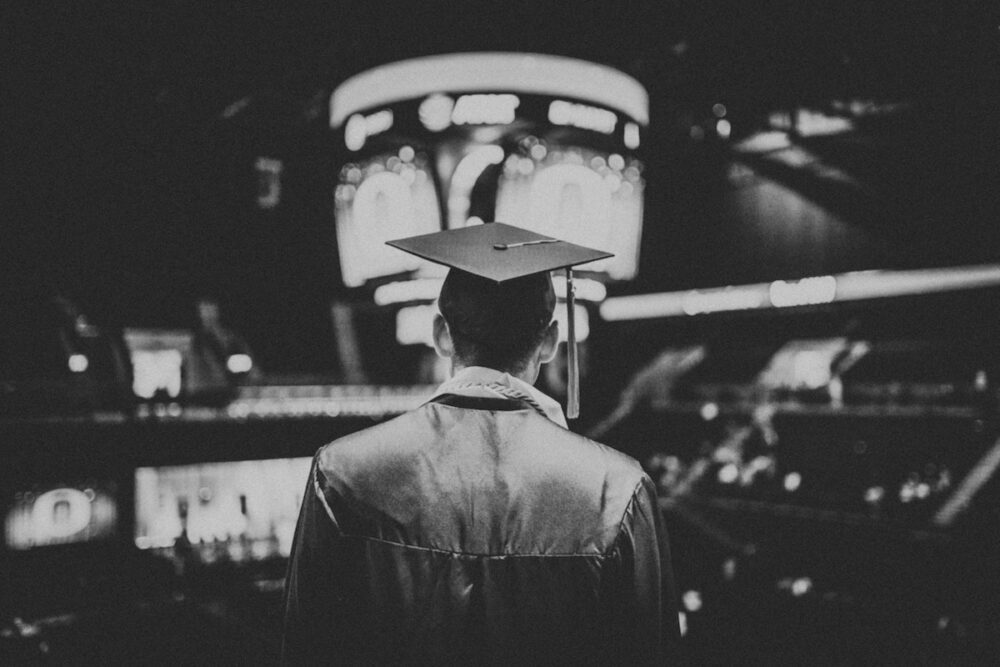For decades, higher education leaders have supported expanding college education to include disadvantaged groups. Many colleges have embraced policies that fight discrimination. And yet, as the economist Charles Clotfelter shows, America’s system of undergraduate education was unequal in 1970 and is even more so today.
He contends despite a revolution in civil rights, billions spent on financial aid, and the commitment of colleges to greater equality, stratification has grown starker in part because colleges cater largely to children of elites.
Charles Clotfelter’s new book is Unequal Colleges in the Age of Disparity (Harvard University Press).
Conversation Highlights
Why focus on the decades since 1970?
I wanted to get as much historical perspective as I could, and 1970 is about as far back as you can go and get detailed data of the sort I wanted. I wanted not only to look at the income of students, but also wanted to look at other things, including their religion, their fathers’ and mothers’ religious background, their political leanings, how much time they spent in high school studying, so I have a pretty wide variety of pieces of information and I wanted to go back and take a 40-year look at it.
Haven’t colleges focused on diversity in recent years?
If you compare the racial and ethnic … composition of colleges today and compare them to what they were back then, it’s a sea change; Duke University allowed its first African-American student as undergraduate in the 1960s. Imagine what the undergraduates looked like back in the 50s and 40s; today, it is a richly diverse undergraduate population, and the same can be said about Amherst, Illinois State, and, to some extent, colleges up and down the line.
What has surprisingly not changed so much is the diversity in terms of socioeconomic background.
So, if you look at things like family income of students, or whether students went to public or private school, you’ll find that there has in fact been not more diversity, but somewhat less.
How can this be with need-blind admissions?
So, we have seen two great forces at work over this four-decade period. One … affirmative action has been a strong and sincere effort on the part of admissions officers; but, I think, more generally, the admissions process has become more objective and more credential-based and less subject to the old-boy and old-girl system.
So on the one side, those are forces of equality, but on the other side has been a tremendous, widespread and stubborn, pervasive change in income distribution.
Beginning in about 1980, the income distribution in this country changed. Between 1981 and 2014, the income of the middle fifth of the population went up 14%, the income at the top fifth went up 96%, and at the very top it was even more.
So, what happened was that these newly-affluent families, and some of them were heavily affluent, they were getting used to buying whatever they wanted, the real estate they wanted, the cars they wanted, simply by doing what you do in the market; but there was one sought-after asset that they could no actually buy in the same way and that was admission to one of these prestigious universities or colleges, so a new frenzy of activity began and the affluent families found a way to succeed.
And you can see that through test-prep courses [and the ability to accept] unpaid internships, and the result was, despite the efforts of the equality-seekers, we found, at the end of the day, that the affluent families did quite well in getting their kids into the most elite schools.
There are African-Americans who have high incomes and who went to private school and, if they are out there, the schools that need to diversify in terms of race and ethnicity will be looking at them.
…[T]he increasing elite quality of the selective colleges in terms of income is not as dramatic as the racial one by any measure. But, another thing that has occurred, has happened on the supply side, and that is, the richest colleges, especially the private richest colleges, have gotten much richer.
In science, this is sometimes called the Matthew Effect; those with get more. And what that’s meant for universities like Duke is that, far from what the chancellor Kenneth Pye thought back in 1980 when he wrote his report, “Directions for the Future”. He was thinking, “It’s time to retrench, because we’re never going to be able to keep up with the likes of University of North Carolina”.
Far from that, this has been a golden era for places like Duke. And, if you look at the compensation for faculty, the amount of money that is spent on buildings, if you just look around this campus, you will see more cranes than you’ll see in some parts of lower Manhattan.
So, what can be done?
A beefed-up Pell Grant system, that would do something. [Another] thing that universities would not like would be for their unearned income to be taxed on the same basis as their income from unrelated business … because then it would be harder for Yale and Duke to accumulate all of this money in this vast savings account which they could actually be using to make it cheaper for low-income students to be going.
[Also] we give preferential treatment to legacies (that is the children of alumni), which, as one writer wrote, is the equivalent to giving preference to white folks. [Finally] anything that would reverse the growing income inequality in the country would tend to slow these processes down.- Find Charles Clotfelter’s book Unequal Colleges in the Age of Disparity (Harvard University Press).
- Read the full transcript
- Image: Cole Keister/Creative Commons
- Music: “The Zeppelin” by Blue Dot Sessions/Creative Commons


